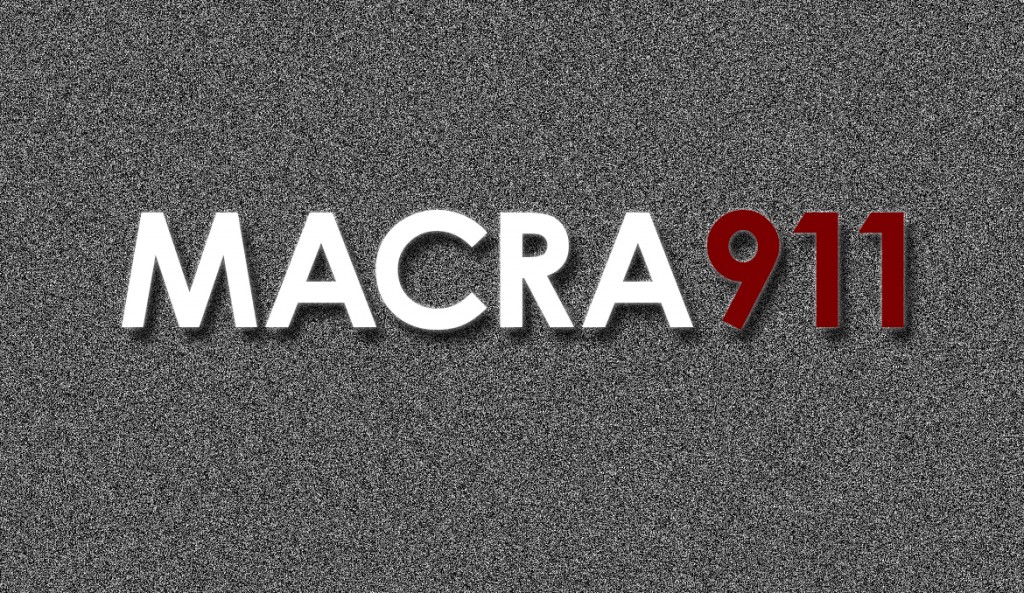In September, CMS Acting Administrator Andy Slavitt in a bold and surprising move announced that physicians will have more options to comply and avoid a negative payment adjustment in 2019. Just a few months ago CMS was considering delaying the implementation of the Medicare Access and CHIP Reauthorization Act, which is set to start Jan. 1, 2017, but instead offered physicians more flexibility to the MACRA program with four options for participation. But, will this additional flexibility to entice more physicians to participate in the Medicare reimbursement program also make interoperability better in the long run?
Now that physicians will have a choice in how they participate in MACRA, the question becomes whether a technology upgrade will be necessary as well. Because MACRA is designed to overhaul how physicians are paid under Medicare, how they will use technology to achieve value-based care will take a valuable role in the coming year. The success of MACRA and a physician’s technology will be based on interoperability, or the ability of two or more systems or components to exchange information and to use the information exchanged. It may sound simple, but is it?
Under the Merit-Based Incentive Payment System (MIPS) portion of MACRA, an eligible physician must allow a single unique patient to view, download or transmit their patient record, within a performance period, or allow them to use an application programming interface (API) to access their record–or a combination of both. However, value-based care cannot be achieved without the interoperable exchange of data and the analysis of the data, to improve care and lower costs.
Although CMS backtracked a little by giving physicians more choices in how they participate in the program, the start date of Jan. 1, 2017, remains the same giving physicians mere months to get tech-ready yet again for another government mandate.
“We’ll be smart if we look at the Quality Payment Program as a framework we can work with that if implemented with care, can begin the process of turning things around towards a more sensible, simpler approach where physicians and other clinicians will feel supported by laws and regulations, the technology vendors, and the infrastructure that surrounds them,” Slavitt said at the 2016 Annual Meeting of the American Medical Association.
“This is why we need to be so committed to a collaborative implementation, increased transparency, and a continual improvement process, so that over the next several years we allow feedback on the ground to inform the policies we implement.”
Nevertheless, John Squire, president and chief operating officer of Amazing Charts, a West Warwick, R.I.-based electronic health record software vendor, is less confident in small practices’ ability to succeed under MACRA. Squire, whose company’s provider clients are mainly in the 1 to 10 practice size range, says that most of them aren’t the least bit familiar with MACRA’s rules. He notes how many of them don’t have an IT staff, so no one is perusing the latest CMS regulations, meaning they only hear about them over time from physician association groups. “We are focused on educating these practices since they’re simply not ready,” Squire said. “CMS has a long way to go in terms of educating small practices,” he adds.
